HTML DESIGN

WHAT IS HTML
HTML stands for HyperText Markup Language. It is a markup language used by website creators to develop and design web pages. It is definitely not the only language used by webmasters. There is XML (Extensive Markup Language), GML (Generalized Markup Language) and LaTex, just to name a few — but HTML is the most common.

CUSTOMIZATION
Besides overhauling the design of a theme on a CMS, making changes to a static page (or any other type of page), whether it is changing a photo or adjusting the text, is pretty much painless, thanks to its frontend user interface. Whereas, on an HTML website, design changes are more difficult. You have to change all the pages one by one manually, and you also have to edit the site’s CSS to make the necessary adjustments.
The purpose of a web browser is to read HTML documents and compose them into visible or audible web pages. The browser does not display the HTML tags, but uses the tags to interpret the content of the page.
HTML elements form the building blocks of all websites. HTML allows images and objects to be embedded and can be used to create interactive forms. It provides a means to create structured documents by denoting structural semantics for text such as headings, paragraphs, lists, links, quotes and other items. It can embed scripts written in languages such as JavaScript which affect the behavior of HTML web pages.
Web browsers can also refer to Cascading Style Sheets (CSS) to define the appearance and layout of text and other material. The W3C, maintainer of both the HTML and the CSS standards, encourages the use of CSS over explicit presentational HTML markup.[1]
This information and more about HTML can be found on http://en.wikipedia.org/wiki/HTML
WE TRULY BRING CUSTOMS DESIGNS TO LIFE
HTML5
HTML5 is a markup language for structuring and presenting content for the World Wide Web and a core technology of the Internet. It is the fifth revision of the HTML standard (created in 1990 and standardized as HTML 4 as of 1997)[2] and, as of December 2012, is a W3C Candidate Recommendation.[3] Its core aims have been to improve the language with support for the latest multimedia while keeping it easily readable by humans and consistently understood by computers and devices (web browsers, parsers, etc.). HTML5 is intended to subsume not only HTML 4, but XHTML 1 and DOM Level 2 HTML as well.[2]
Following its immediate predecessors HTML 4.01 and XHTML 1.1, HTML5 is a response to the observation that the HTML and XHTML in common use on the World Wide Web are a mixture of features introduced by various specifications, along with those introduced by software products such as web browsers, those established by common practice, and the many syntax errors in existing web documents.
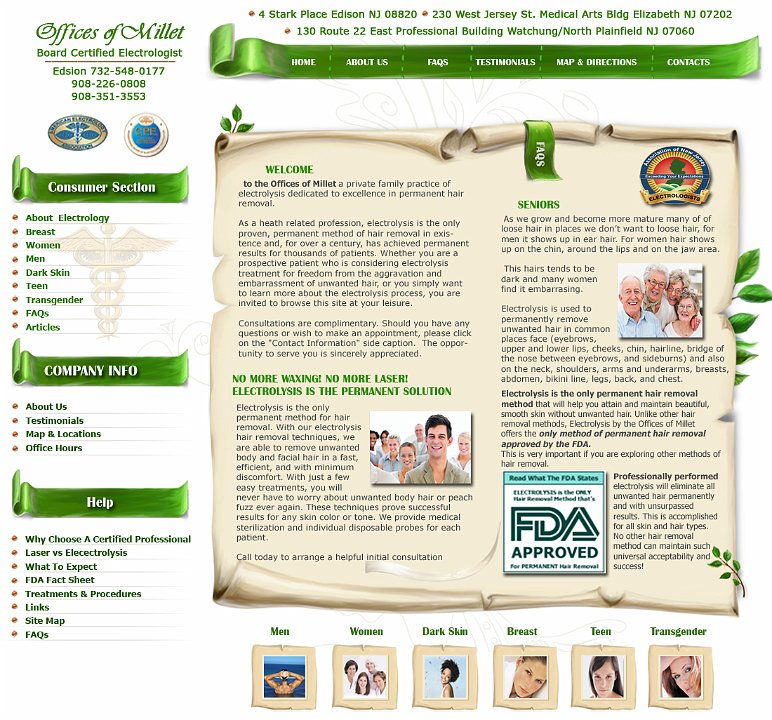
[4] It is also an attempt to define a single markup language that can be written in either HTML or XHTML syntax. It includes detailed processing models to encourage more interoperable implementations; it extends, improves and rationalises the markup available for documents, and introduces markup and application programming interfaces (APIs) for complex web applications.[5] For the same reasons, HTML5 is also a potential candidate for cross-platform mobile applications. Many features of HTML5 have been built with the consideration of being able to run on low-powered devices such as smartphones and tablets. In December 2011, research firm Strategy Analytics forecast sales of HTML5 compatible phones will top 1 billion in 2013.[6]
In particular, HTML5 adds many new syntactic features. These include the new , and elements, as well as the integration of scalable vector graphics (SVG) content (that replaces the uses of generic tags) and MathML for mathematical formulas. These features are designed to make it easy to include and handle multimedia and graphical content on the web without having to resort to proprietary plugins and APIs. Other new elements, such as , , and , are designed to enrich the semantic content of documents. New attributes have been introduced for the same purpose, while some elements and attributes have been removed. Some elements, such as , and have been changed, redefined or standardized. The APIs and document object model (DOM) are no longer afterthoughts, but are fundamental parts of the HTML5 specification.[5] HTML5 also defines in some detail the required processing for invalid documents so that syntax errors will be treated uniformly by all conforming browsers and other user agents.
OUR CLIENT INDUSTRIES SERVICED
We provide top notch maintenance and design services for all types of marketing and design.
SOME OF OUR DESIGNS
We offer a full range of marketing services including SEO, Newsletters and we are a local company located at the Jersey Shore.
Our professionals know how to handle a wide range of services.

HTML SITE
HTML stands for HyperText Markup Language. It is a markup language used by website creators to develop and design web pages. It is definitely not the only language used by webmasters. There is XML (Extensive Markup Language), GML (Generalized Markup Language) and LaTex, just to name a few — but HTML is the most common.
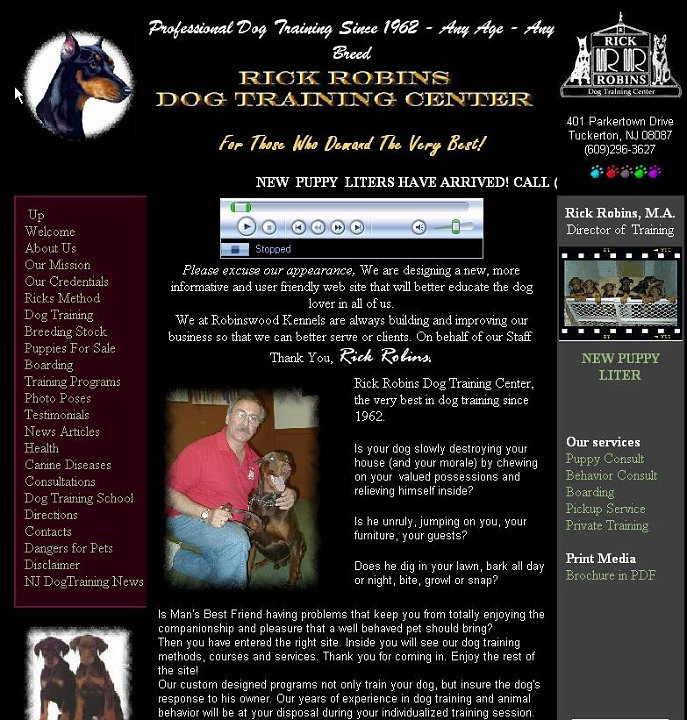
HTML SITES
HTML stands for HyperText Markup Language. It is a markup language used by website creators to develop and design web pages. It is definitely not the only language used by webmasters. There is XML (Extensive Markup Language), GML (Generalized Markup Language) and LaTex, just to name a few — but HTML is the most common.

HTML SITES
HTML stands for HyperText Markup Language. It is a markup language used by website creators to develop and design web pages. It is definitely not the only language used by webmasters. There is XML (Extensive Markup Language), GML (Generalized Markup Language) and LaTex, just to name a few — but HTML is the most common.
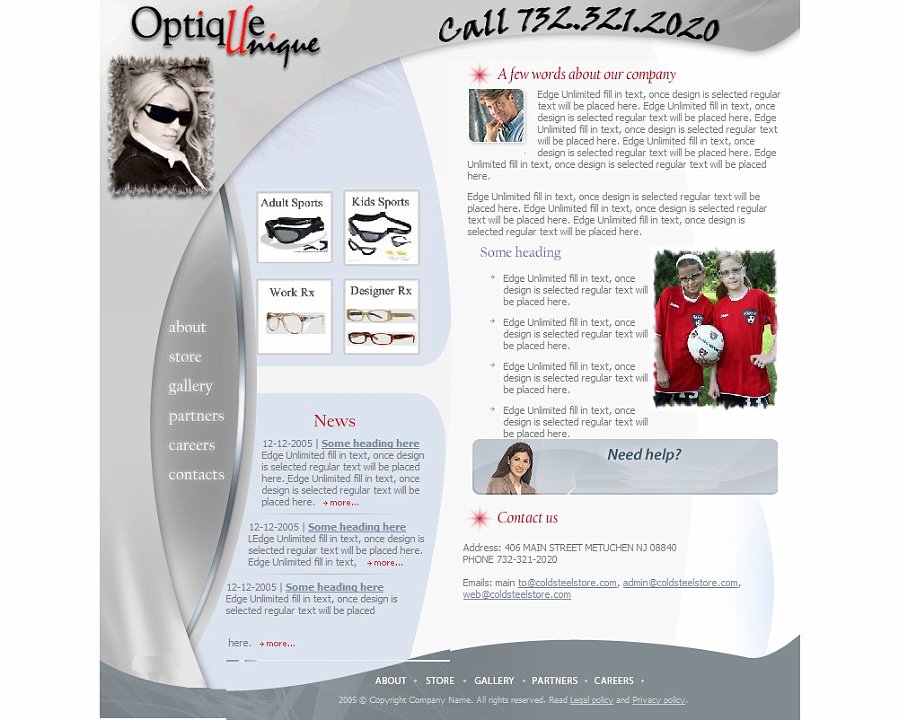
HTML SITES
HTML stands for HyperText Markup Language. It is a markup language used by website creators to develop and design web pages. It is definitely not the only language used by webmasters. There is XML (Extensive Markup Language), GML (Generalized Markup Language) and LaTex, just to name a few — but HTML is the most common.
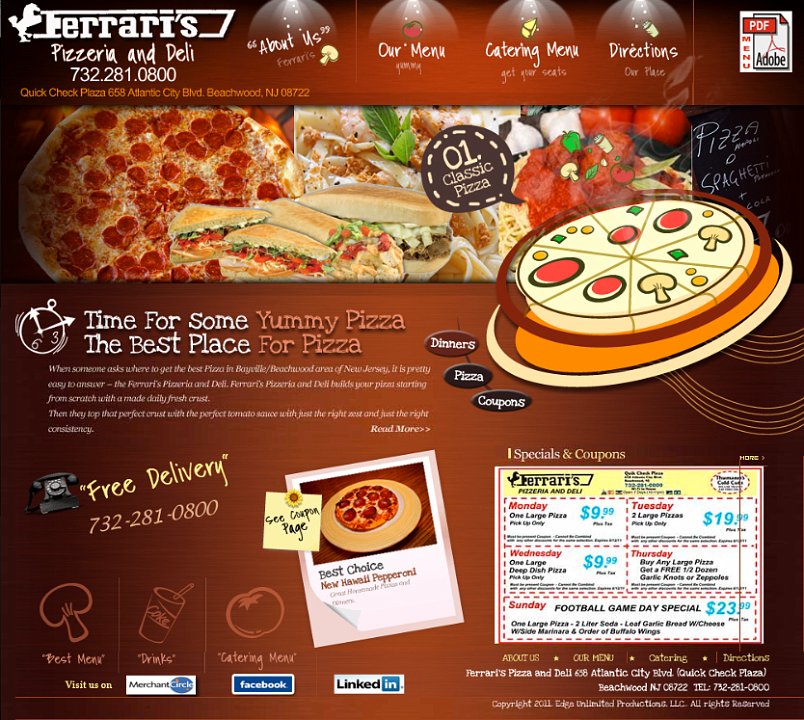
HTML SITES
HTML stands for HyperText Markup Language. It is a markup language used by website creators to develop and design web pages. It is definitely not the only language used by webmasters. There is XML (Extensive Markup Language), GML (Generalized Markup Language) and LaTex, just to name a few — but HTML is the most common.
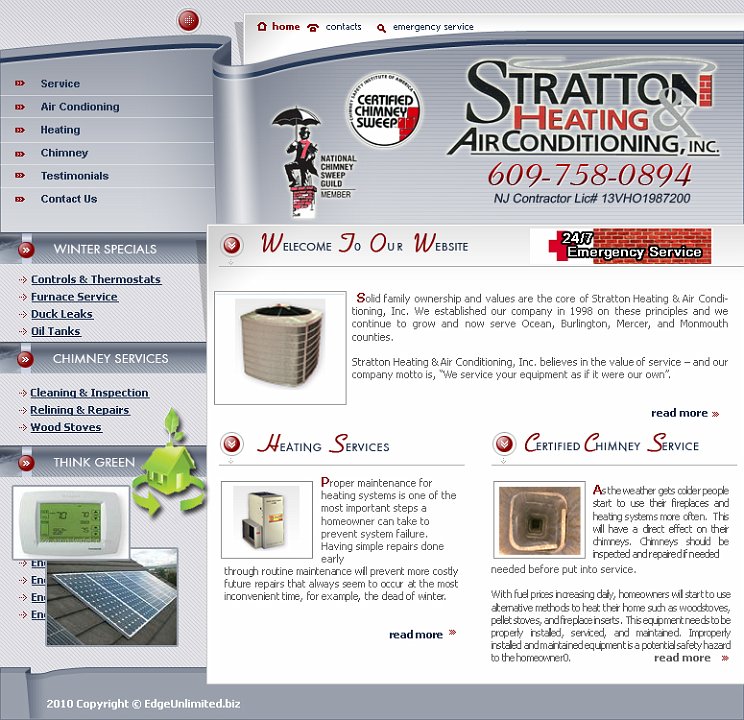
HTML SITES
HTML stands for HyperText Markup Language. It is a markup language used by website creators to develop and design web pages. It is definitely not the only language used by webmasters. There is XML (Extensive Markup Language), GML (Generalized Markup Language) and LaTex, just to name a few — but HTML is the most common.
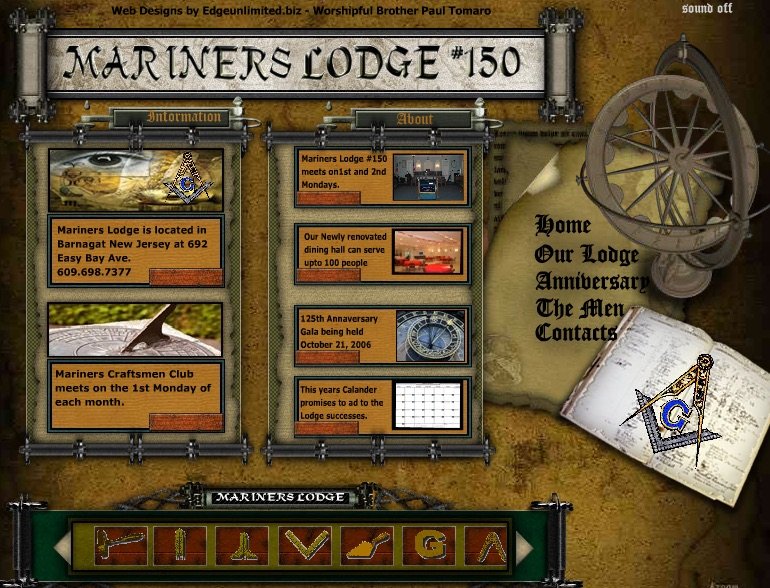
HTML SITES
HTML stands for HyperText Markup Language. It is a markup language used by website creators to develop and design web pages. It is definitely not the only language used by webmasters. There is XML (Extensive Markup Language), GML (Generalized Markup Language) and LaTex, just to name a few — but HTML is the most common.

HTML SITES
HTML stands for HyperText Markup Language. It is a markup language used by website creators to develop and design web pages. It is definitely not the only language used by webmasters. There is XML (Extensive Markup Language), GML (Generalized Markup Language) and LaTex, just to name a few — but HTML is the most common.


